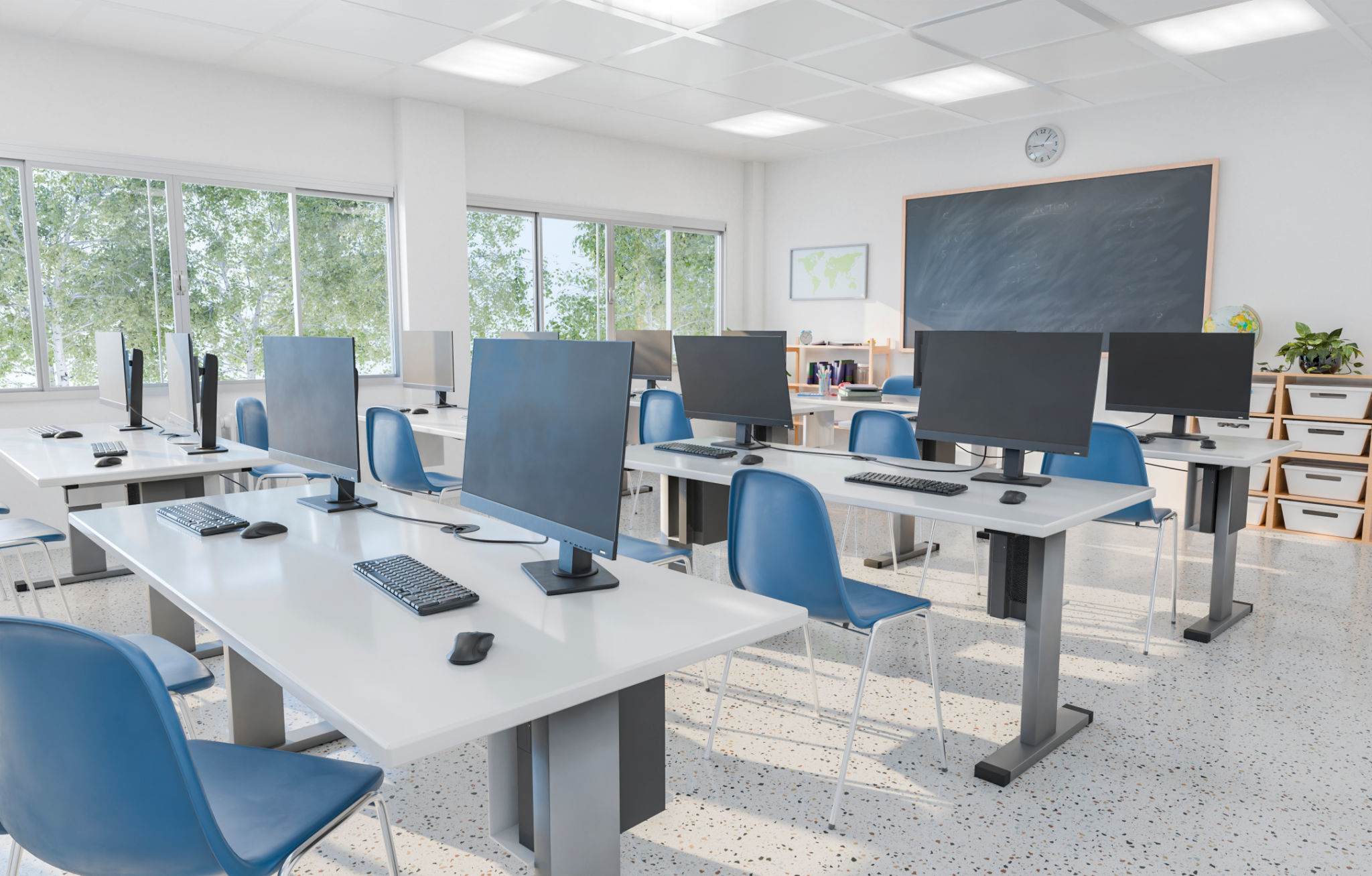Speech-to-Text Educational Tools: Transforming the Classroom Experience
JT
Understanding Speech-to-Text Technology
In recent years, speech-to-text technology has made significant strides, becoming increasingly accurate and accessible. This technology converts spoken language into written text, allowing users to simply talk rather than type. Its applications are vast, ranging from voice commands in smart devices to transcription services. In the educational sector, speech-to-text tools are transforming the way teachers and students engage with content.
Speech-to-text tools are particularly beneficial in the classroom setting. They provide students with an alternative method to capture information, especially during lectures or discussions. By automatically transcribing spoken words into text, these tools help students focus more on understanding the material rather than frantically taking notes.

Enhancing Accessibility and Inclusivity
One of the most significant advantages of speech-to-text educational tools is their ability to enhance accessibility for students with disabilities. For those with hearing impairments, these tools can provide real-time captions, making verbal content accessible. Similarly, students with dyslexia or other learning difficulties can benefit from the visual representation of spoken words.
Moreover, speech-to-text technology supports inclusivity by catering to diverse learning preferences and needs. Students who may struggle with writing tasks can leverage these tools to complete assignments and take exams orally, leveling the playing field and ensuring that every student has an equal opportunity to excel.

Facilitating Language Learning
Language learners can also reap significant benefits from speech-to-text tools. By converting spoken language into text, these tools help learners improve their pronunciation and fluency. As students speak and see their words appear on the screen, they become more aware of their pronunciation errors and can correct them in real-time.
This technology also provides a practical way for language learners to practice speaking skills outside of the classroom. With the ability to transcribe conversations, students can review their dialogues, identify areas for improvement, and track their progress over time.

Streamlining Teacher Workflows
Speech-to-text tools are not only beneficial for students but also for educators. Teachers can use these tools to quickly prepare lesson materials by dictating content instead of typing. This can significantly reduce preparation time and allow educators to focus more on teaching and interacting with students.
Furthermore, speech-to-text technology can assist in grading and providing feedback. Teachers can dictate comments on assignments or exams, which are then converted into text. This not only speeds up the process but also ensures that feedback is more comprehensive and nuanced.
Implementing Speech-to-Text Tools in Schools
Integrating speech-to-text technology into the classroom requires careful planning and consideration. Schools need to ensure that the necessary infrastructure, such as good-quality microphones and reliable internet connections, is in place to support these tools effectively.
Training educators and students on how to use speech-to-text tools is also crucial. Schools can organize workshops or training sessions to familiarize users with the technology, ensuring they can maximize its potential benefits.

The Future of Classroom Learning
The future of education lies in embracing technological advancements that enhance learning experiences. Speech-to-text educational tools are a step forward in creating dynamic, engaging, and inclusive classrooms. As these technologies continue to evolve, they promise to offer even greater opportunities for personalized and effective learning.
By leveraging speech-to-text tools, educators can create a more interactive and supportive learning environment where every student has the chance to succeed. This not only transforms individual classroom experiences but also paves the way for a more inclusive educational landscape.
